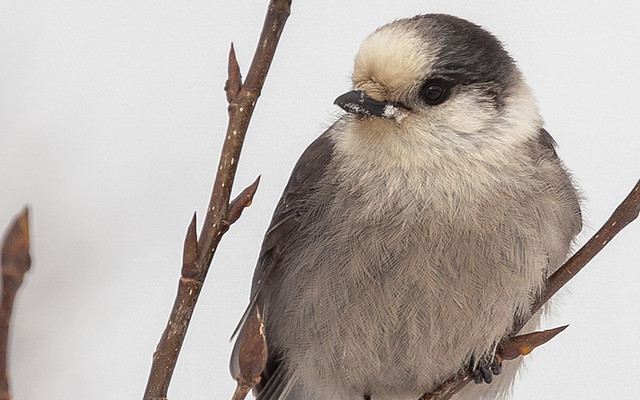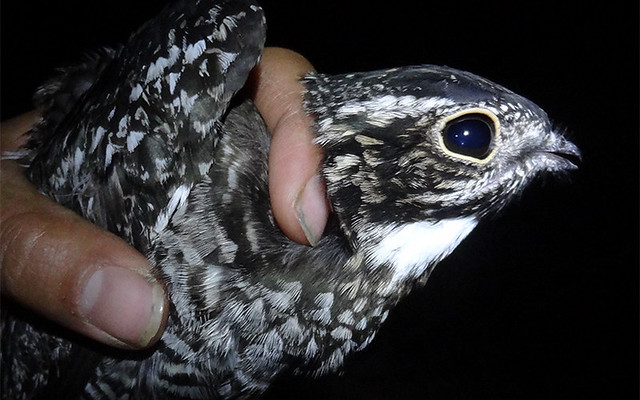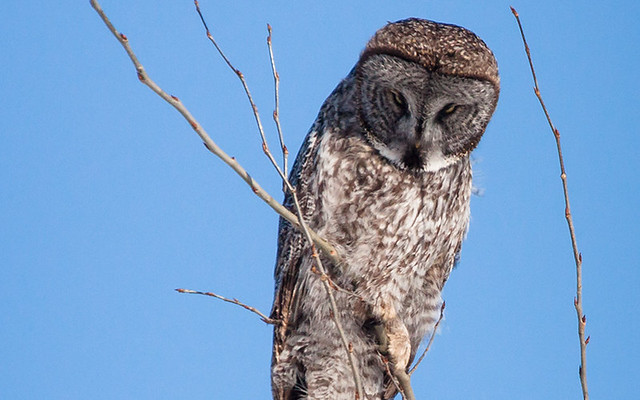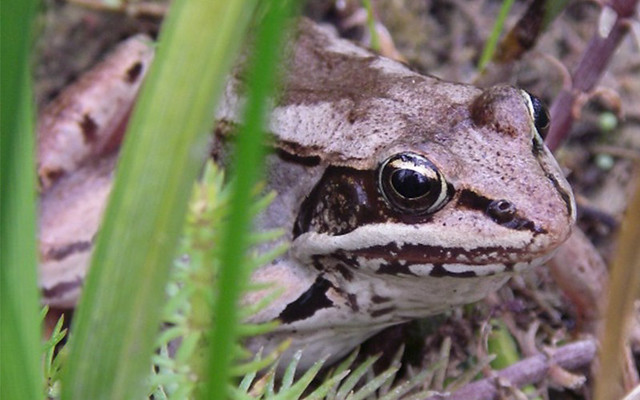Chordata

Red-eyed Vireo
Vireo olivaceus


5 POINTS
Play: The Red-eyed Vireo has a MOVE of 2
Fact: Red-eyed Vireos are known for their enthusiastic singing-even in the afternoon-up to 20,000 songs in a single day.

Grey Jay
Perisoreus canadensis

4 POINTS
Play: Grey Jay has a MOVE of 2
Fact: It’s our national bird because it is found across Canada, can withstand cold temperatures, and is friendly and smart.

Common Nighthawk
Chordeiles minor


3 POINTS
Play: Species at Risk: No development events permitted. The common nighthawk has a MOVE of 2
Fact: Instead of singing, Common Nighthawks make a BOOM by forcing air through their wingtips while diving through the air.

Great Grey Owl
Strix nebulosa


6 POINTS
Play: The great grey owl has a MOVE of 2.
Fact: Great grey owls hunt during the day and can hear their rodent prey moving up to 60 cm below the surface of the snow.

Cooper’s Hawk
Buteo platypterus


7 POINTS
Play: Cooper’s hawk has a MOVE of 2.
Fact: Cooper’s hawks belong to a family of hawks whose short, rounded wings help them to fly quickly through the forest.

Wood Frog
Lithobates sylvaticus


4 POINTS
Play: The Wood frog has a MOVE of 2
Fact: The wood frog is named for its migration to upland wooded areas where it hibernates for the winter under the leaf litter.